An Illustrated Guide to Plastic Straws
If you don't know the exact location where your plastic is recycled, throw it in the regular garbage instead.
This is a straw.
This is a garbage can.
When you use the straw, you throw it in the garbage can. Then you put the garbage in a bigger garbage can, and put it out by the road.
Then a garbage truck picks it up.
And takes it to a landfill.
I’m a civil engineer. Landfills get a bad rap because they seem horrible, but modern landfill technology is really pretty amazing. They are sealed on the bottom with geotechnical fabric to prevent leachate from entering the groundwater. They burn off, or sometimes even harvest, the methane produced from decomposition. Landfill cells are capped off with clay or bentonite to protect the environment. And then often they’re turned into parks or golf courses at the end. It takes about fifty years for the biodegradable material in a landfill to decompose by anaerobic means, and there are pilot projects to use aerobic processes to reduce that time to five years or less. And anything that goes into the landfill does not get into the ocean.
Here’s the Great Pacific Garbage Patch:
The Great Pacific Garbage Patch is two large zones of floatable debris, mostly plastic, trapped by the physics of the Coriolis effect as it manipulates oceanic currents into the North Pacific Subtropical Gyre. It’s double the size of Texas and experiences a ten fold increase in size every decade. It’s made primarily of plastic. And zero plastic thrown in a garbage can in the United States enters the North Pacific Subtropical Gyre.
This is a table of the top ten riverine watersheds contributing to the global oceanic plastic problem:
If we’re keeping score, it looks like this:
China,
India/Pakistan,
China,
China,
Egypt/Sudan/Eritria/Ethiopia/Kenya/Congo/Burundi/Rwanda/Uganada/Tanzania
India,
China,
China,
Guinea/Ivory Coast/Mali/Niger/Algeria/Nigeria/Burkina Faso/Cameroon/Togo/Benin
Vietnam/Thailand/Laos/China
But that’s just a top ten list, which is going to be dominated by riverine sources with larger watersheds.
It’s worth pausing a moment to state that when you research this stuff, there’s disagreement among the academia about what ratio of the world’s oceanic plastics come from major rivers versus minor ones. The most recent analyses show that our Top Ten List above is probably correct, but the total plastic load is disproportionately from smaller rivers in developing countries. This is a comparison of the science:
Which would lead us to different conclusions than simply “ZOMG CHINA.” This is a better map:
Please compare and contrast California to the Pacific Rim in this map. Why is the load so high from the Pacific Rim? The answer goes back to the top image in the article. If you break it down by country, The Philippines is the largest contributor of oceanic plastics even though they don’t feature in the top ten list, because they have 4,820 shorter rivers, all of which shit plastic out into the ocean. Here’s the Pasig river in Manila:
Here’s what it looks like in Manila itself:
Notice anything?
No trash cans
No garbage trucks
No landfills
In the USA, we recycle about 3.1 million tons of our plastics per year, out of the 35.7 million tons we throw away. Only about 8.7%. We used to send half of this to China until they banned it because they had too much plastic to deal with (see above top ten rank) and now we ship it to other places which are already drowning in plastic. When we were shipping it to China for recycling, they dumped 55% of our plastic in open landfills or in rivers. After they banned it, we started shipping it to Indonesia and Vietnam, which proceeded to improperly dump over 80% of it.
Look at the countries where we send our plastic.
They are the same countries causing the oceanic plastics problem because of their own inability to harvest their own trash and landfill it. They can’t landfill it, because they’re too poor to have proper garbage collection.
If you believe the mantra of “think globally, act locally,” as it pertains to the environment, there is only one reasonable conclusion with regard to plastics.
Globally: One and only one solution exists to curbing the deluge of oceanic plastics. The international community has to get the Philippines and similar countries enough money to have proper garbage collection.
Locally: You must reduce the amount of plastic shipped overseas by putting it in the regular garbage instead of the recycle bin.
There is no other reasonable option, mathematically speaking, given the realities on the ground. And banning straws is just plain stupid.




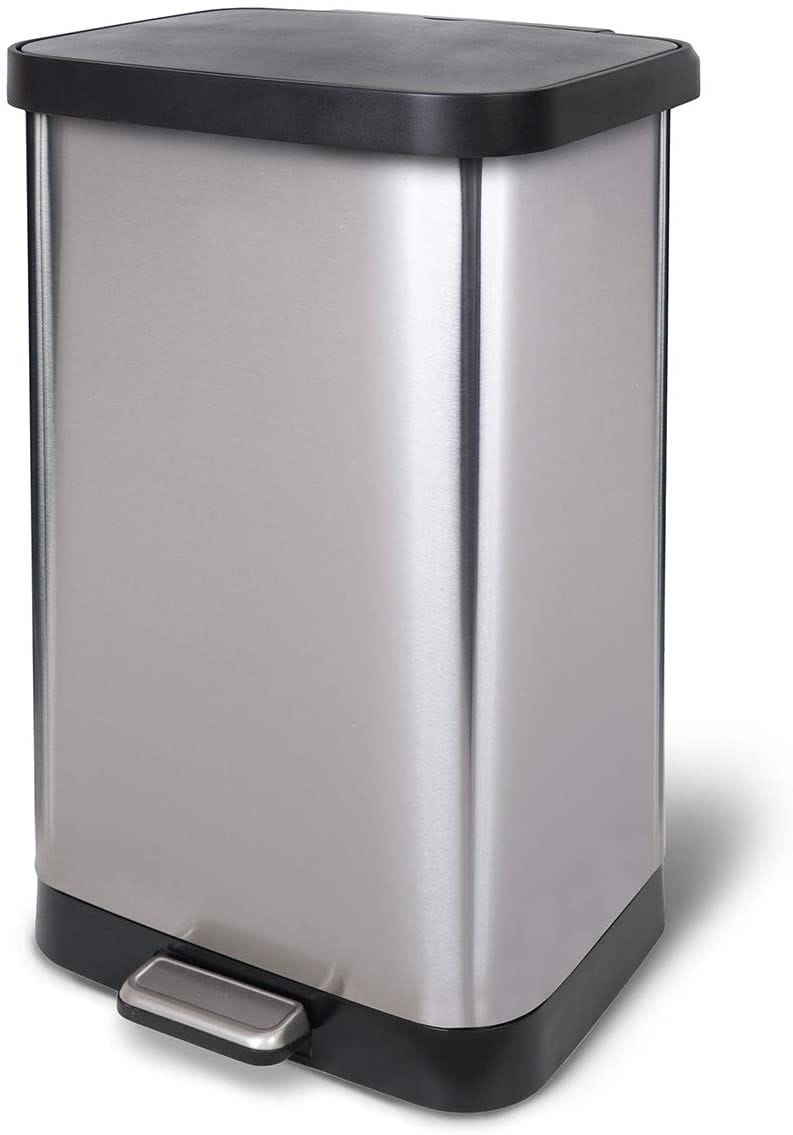
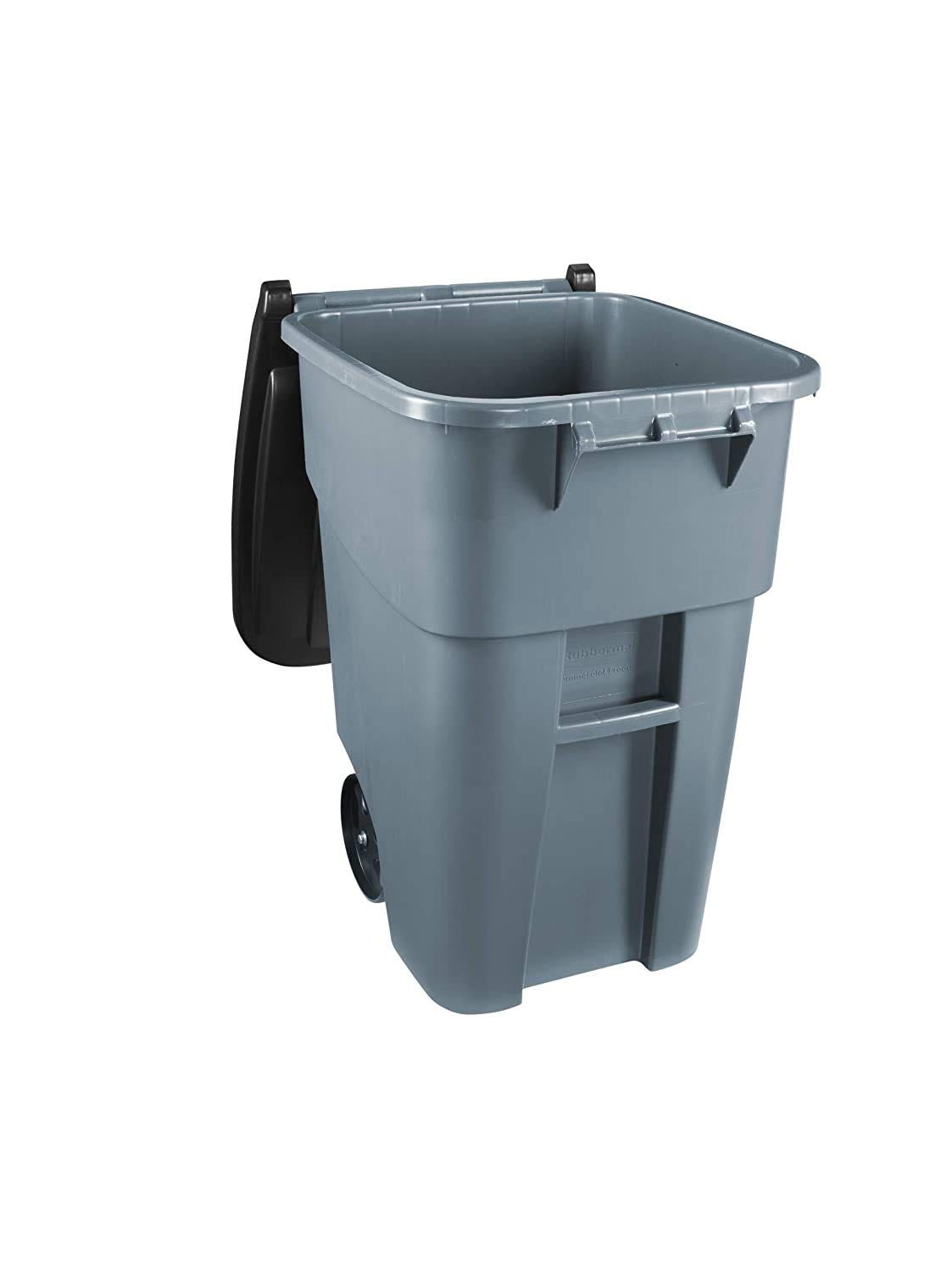

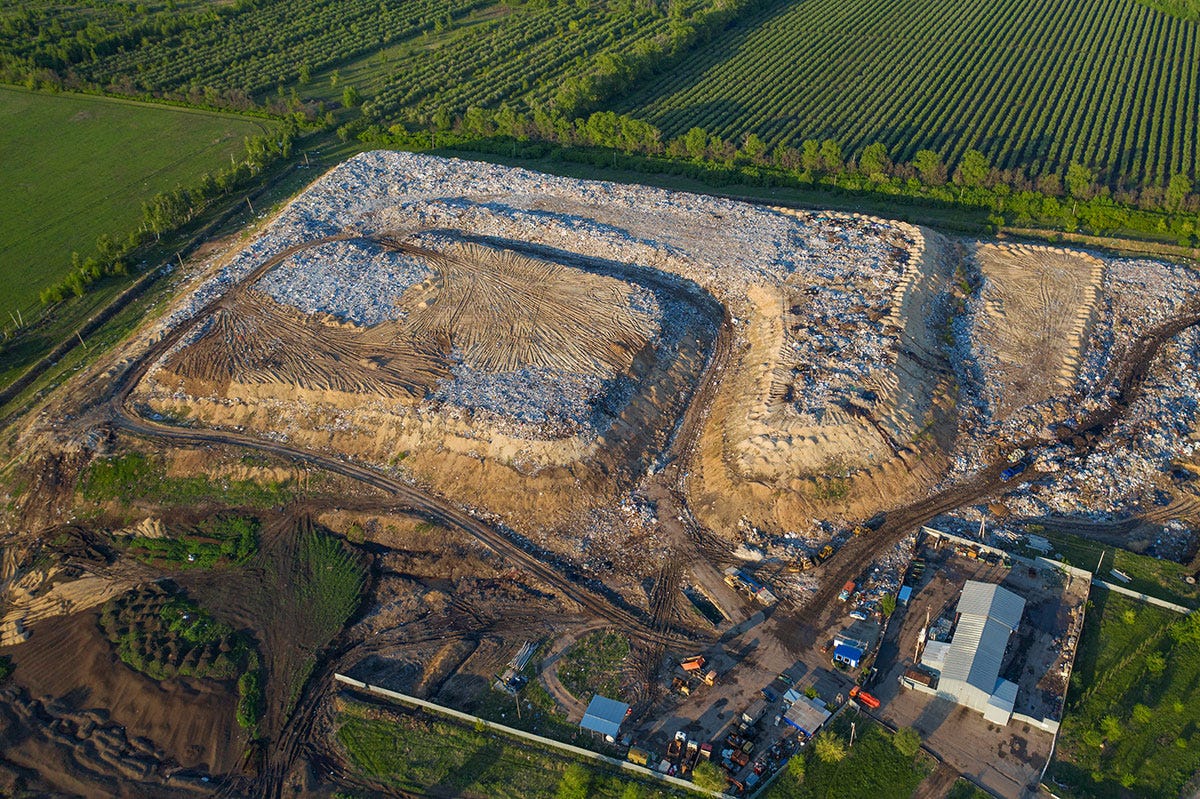
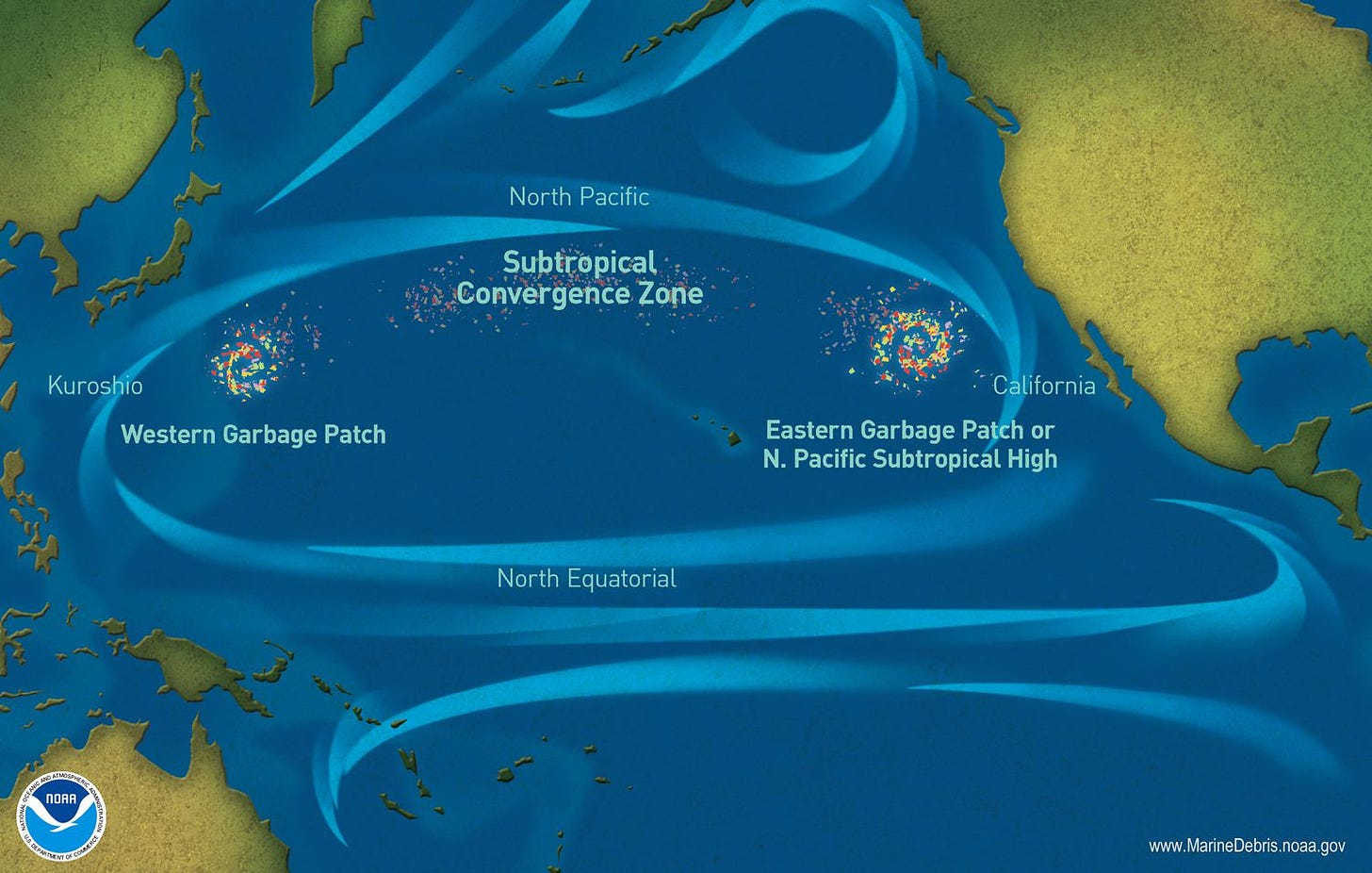

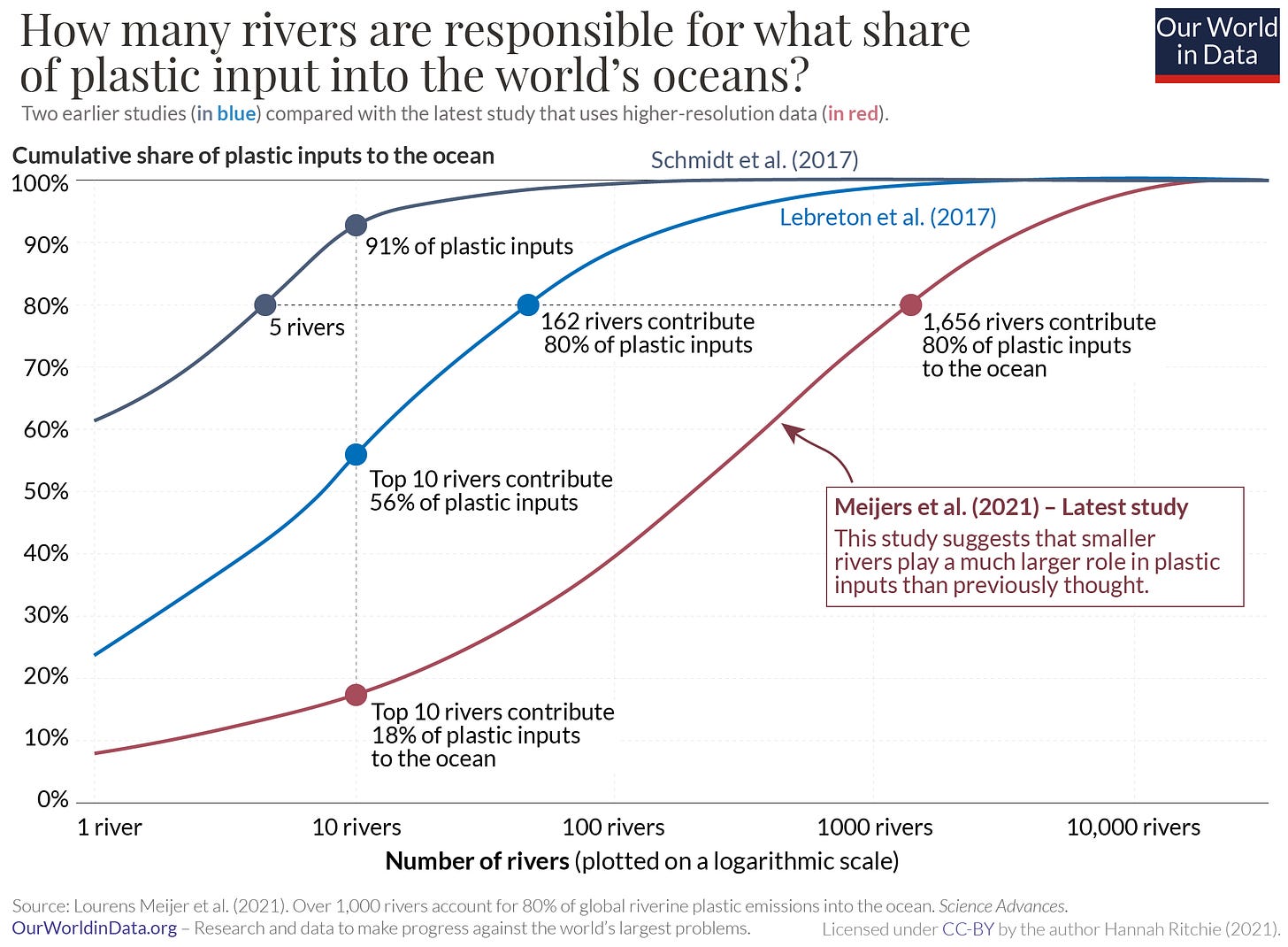
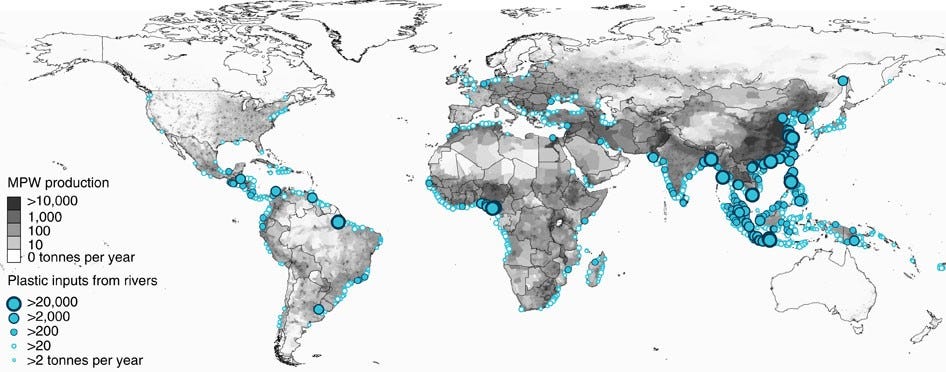

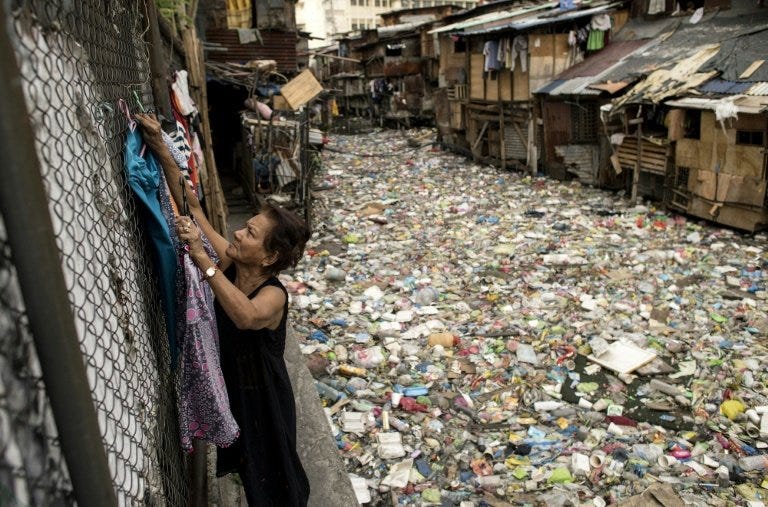
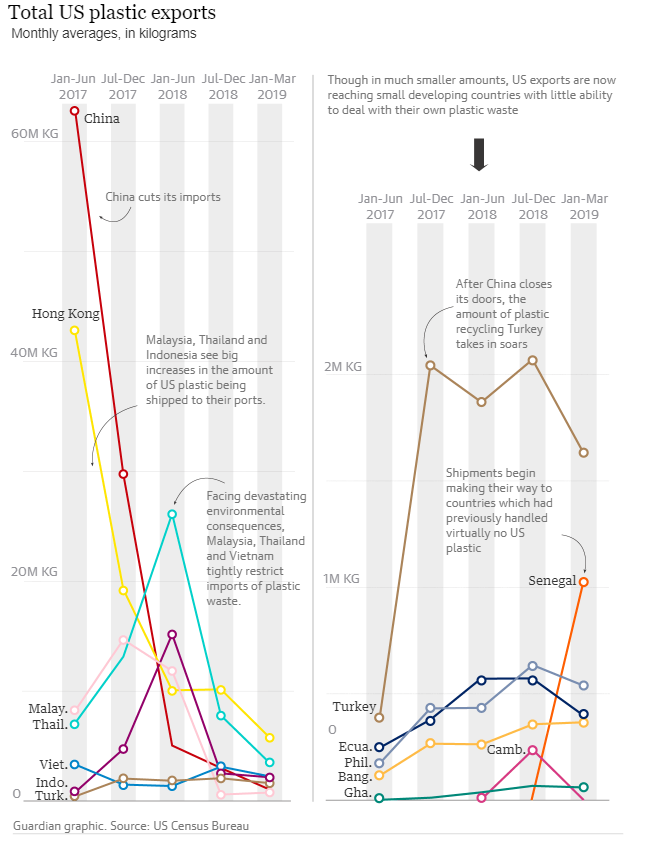
After much thinking, the domestic solution to the problem is obviously this:
1) Build a power plant here that runs off of incinerating plastic,
2) Ship all plastic that would ordinarily be shipped overseas to this power plant
3) Burn it all for energy to displace coal and similar
and then later
4) dig up inert landfills, mining them for plastic to burn
I'm sold on landfilling plastic instead of "recycling" it, but why dismiss efforts to reduce plastic consumption in the first place?